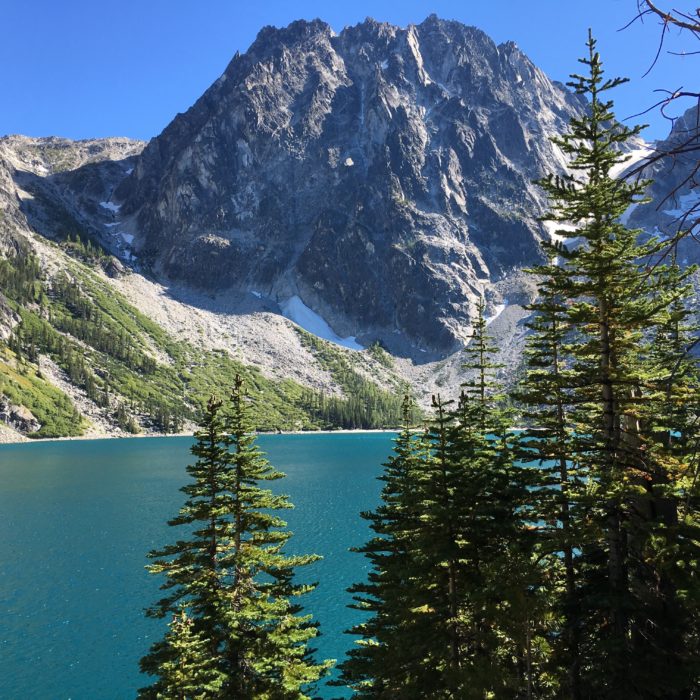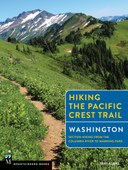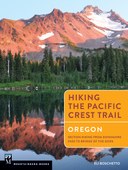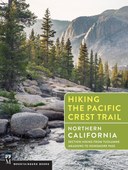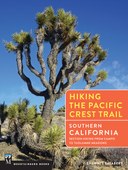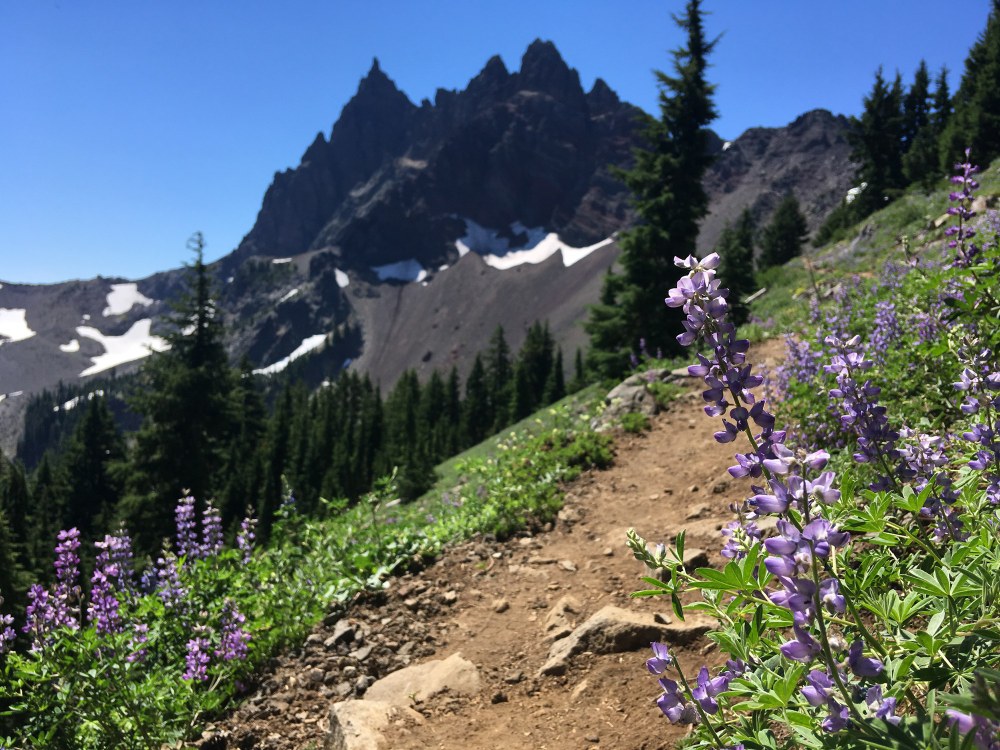
There ain’t no party like an acronym party, and the PCT is chock full of them. Let’s learn!
The PCT is – yep, you guessed it – the Pacific Crest Trail. By far my favorite PCT acronym is HYOH: Hike Your Own Hike. The meaning of this one is twofold: both a state of mind and a state of being. We have 2,660 miles to hike, a variety of interesting souls to meet along the way, and (hopefully) our own soul to meet along the way too, so the principle of HYOH goes exactly as it’s spelled out. Remember that this is your journey, your hike, your prerogative. We strive to follow a path (ha) that jives with the direction of our aspirations (known or unknown), even if that means leaving our trail family behind or going against the grain.
On the PCT, we’re divided into two groups: NOBOs and SOBOs. These stand for Northbounders and Southbounders, respectively. The vast majority (90%) hike NOBO from Mexico to Canada, but I’m a SOBO venturing in the opposite direction – more on this later.
In the months since I’ve decided to take on the PCT, a number of questions have been asked of me time and again. I figured I’d take a shot at tackling those here, now that I have some alone time to consider them.
What is your inspiration for hiking the PCT?
Easy enough; the PCT has always been a bucket list item for me. When work told me I wouldn’t have a new project for 6 months, that translated pretty fluently in my mind to “6 month backpacking opportunity.” Thus far in my adult life, being outside is where I feel most at home and most connected (my parents are shocked, I tell ya). I also like the idea of the psychology of the trail, of tapping into the widespread fear of solitude. I’m grateful to have the opportunity to explore what solitude is all about, and experience the different ways the mind breaks and rebuilds when we’re transported so suddenly from urbanity into simplicity.
In any case, the decision didn’t come without obstacles. I was born with bilateral club feet, a condition that was fixed surgically in infancy but has followed me into adulthood. What this means now is that I have chronic tendinitis and arthritis in my feet and achilles tendons, and a variety of other side effects that follow my legs up to my hips. My feet pronate drastically, and become swollen and painful if I’m not careful. So I start this hike off at a bit of a disadvantage – that foot pain you hear thru-hikers talking about all the time? That’s my baseline. But I do my best, bow to my limitations, and carry on.
Why SOBO?
As I mentioned up above, only 10% of hikers go SOBO from Canada to Mexico. Why’s this? Let’s do some math.
Say you’re coming northbound from Mexico. Good news! You’re starting in the desert. This means you can start off in mid-April or early May. The rule of thumb is that you need to make it through the major mountain ranges (Sierras or North Cascades) by the end of September. Say you start NOBO in early May, that’s 5 months to go 2,660 miles and make it through the North Cascades by the end of September, so roughly 18 mi/day.
Now let’s go SOBO. Oh, dang, you have to wait for the North Cascades to melt out. That means starting in July (this year – a heavy snow year – requires a mid-July start). So what do we have to do? Well, we have to make it through the Sierras (1,890 miles) before the end of September. That’s about 25 mi/day. And thus, 90% of people go NOBO so that they don’t have to crush miles from the getgo or deal with insane time pressure.
So why am I doing this? For one, I recently moved to Seattle and have become more comfortable with snow travel, navigation and ice axe arrest, all of which are pertinent this year. And two, I’ve read a number of books by PCT hikers who talk about the stress they encounter in Washington – stress to reach the Canadian border by the time the first snow flies. Washington – the ENTIRE state of Washington – is far and away among the top scenery of the trail. I don’t want to be tired when I get there, I don’t want to feel pressured by time. I want to fully enjoy every second of trail in this state that I’ve come to love so deeply. My feeling is that I need fresh eyes for that. And three, I’ve committed to a summit attempt of Mt. Rainier in mid-July, so I guess in culmination, the Pacific Northwest is simply calling.
What about work?
I quit my job to take on the PCT, and I’m not even a little bit stressed about it. At the ripe young age of 27, and as a millennial, I feel a strong pull towards the “job” of knowing myself. I think that this will be a fascinating experience, that it’ll be life itself. I recognize that I am beyond fortunate to be in a circumstance where I can take this on. I don’t have to worry about a 401(k), or where my career is going, or what I’m going to do after this – because I don’t want to. I’d rather be paid in experiences than money anyway. What a rich life that would be. I’m going to live it so long as I’m able.
Are you nervous to spend so much time alone?
Oh, sure, but I’m fascinated too. This goes back to the job thing above. I met a woman when I was traveling in Laos, who told me about the need to see the world’s pain and just walk right into it. Because how else are we going to solve it? So on a personal scale, where the fear might be solitude, why not walk right into that too?
I had one friend say, when I first told him about my plans, that he’d known a few people who’d done the trail and come back “weird”. He elaborated that they didn’t seem to re-integrate well, and were maladapted to life beyond solitude. Does it happen? No doubt. But part of it is about finding a tribe of people who are also willing to take on this risk of exploring something beyond a 9 to 5 job, a career path, or even interpersonal relationships. It’s a wholeheartedly unique venture. And to be fair, many times – if not every time – I’ve come back from months-long trips abroad and felt much the same. The “why did I come back here, when I could’ve stayed in that place of pure unadulterated happiness?” But those experiences have introduced me to extraordinary people and have informed the ways I’ve grown over the past decade, so who cares if the tribe is a little harder to find? Who the heck regrets seeing the world? These are choices we don’t need to defend.
 Kate Bradley
Kate Bradley

